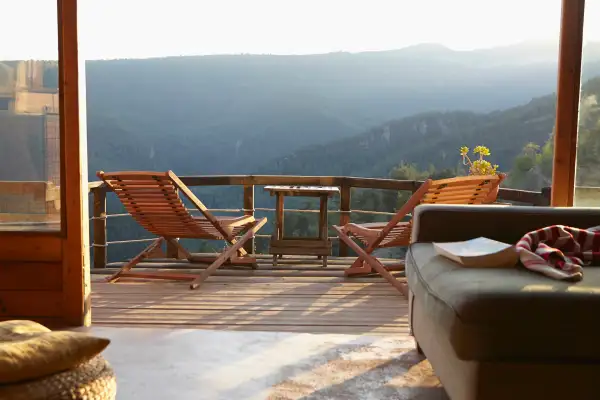‘More Like a Burden Than a Good Investment’: Why Demand for Vacation Homes Is Plummeting

Americans’ voracious demand for vacation homes is finally slowing down as mortgage rates climb higher and higher.
A new analysis from real estate brokerage Redfin shows that demand for secondary homes — which increased dramatically early on in the pandemic — has plunged recently.
Redfin uses data on mortgage-rate lock applications for secondary homes to measure demand for vacation houses. The firm’s analysis found that demand reached a peak of 88% above pre-pandemic levels in March 2021. One year later, demand has dropped sharply for two months in a row, and as of March 2022 sat at just 13% above pre-pandemic levels.
The big culprit for the decline? Mortgage rates, which rose from 3.08% to 4.17% over that same year according to Freddie Mac data on rates for 30-year fixed-rate mortgages.
Higher mortgage rates mean higher monthly payments for homeowners even if house prices stayed the same — which they certainly did not. Homebuyers have been facing a 20% surge in housing prices over the past year. The two factors together mean that homeowners will end up paying more both in a down payment up front and on a monthly basis in the long run for their vacation getaway.
“When rates and prices shoot up so much that a vacation home starts to look more like a burden than a good investment and a fun place to bring your family on the weekends,” Redfin Deputy Economist Taylor Marr said in a news release, “a lot of prospective buyers have second thoughts.”
Marr added that new second-home loan fees, which took effect on April 1, are also driving demand for vacation homes lower. Redfin noted that the fees, which rose by between 1.125% and 3.875%, will add about $13,500 to the cost of purchasing a $400,000 home for the typical buyer. Home insurance on second homes is also considerably more expensive in general than properties that are lived in year-round as well.
Another factor hurting demand for second homes could be the stock market, which just wrapped up its worst quarter since the onset of the pandemic. Marr suggested that stock market losses mean that “some buyers’ down payments — and their nerves — probably took a hit.”
Meanwhile, demand for primary homes has remained steady at roughly 34% of pre-pandemic levels since the summer of 2020, Redfin found. That steady demand even as prices and borrowing costs rise could be the result of hopeful buyers rushing to lock in a mortgage before rates get even higher. But experts do expect the market to cool off — eventually.
More from Money:
Is the Housing Market Heading for a Crash? Some Experts See Signs of a Bubble
'I Wouldn’t Freak Out Yet.' 6 Tips for Buying a House When Mortgage Rates Are Rising
Already Stretching to Buy a Vacation Home? Insurance May Add to The Sticker Shock.


